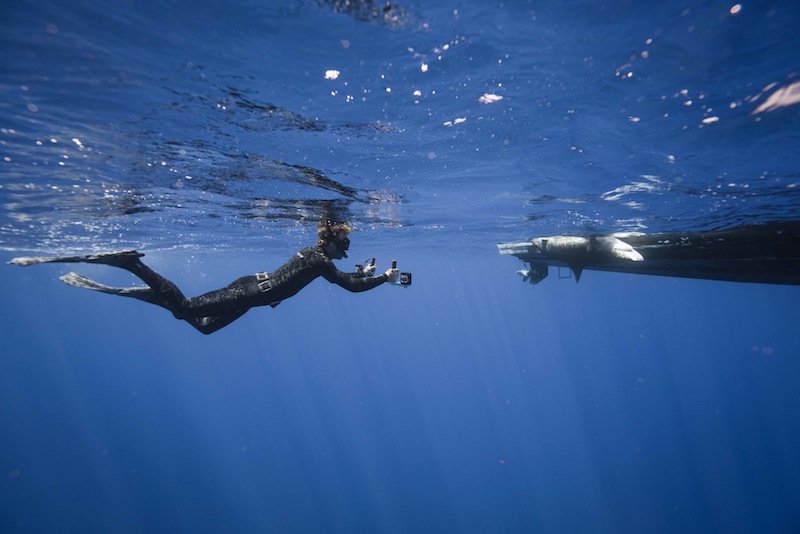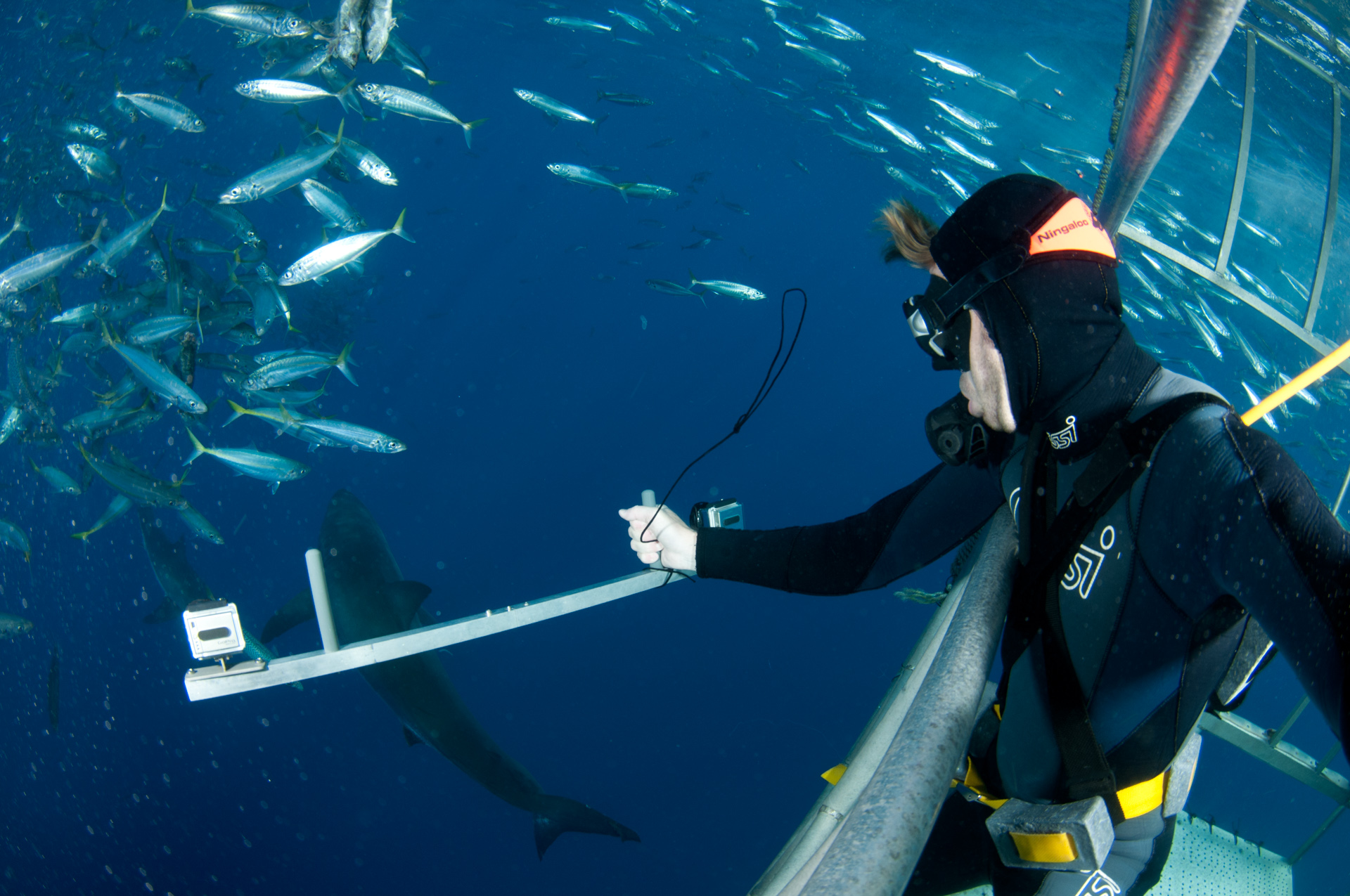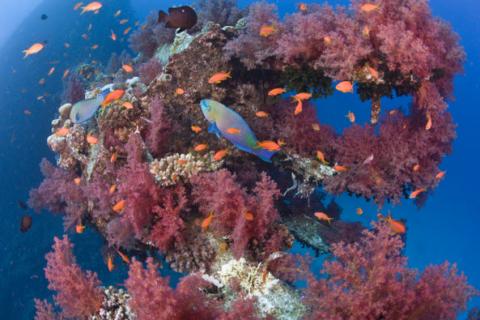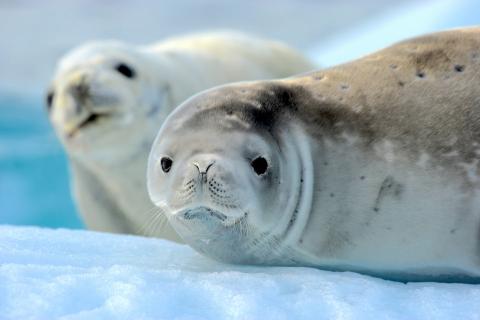Bringing the Ocean to the Classroom Through Exploration and Technology
 Ocean First Education has traveled the world, working with partners and sharing research, technology, and experiences with students of all ages. We will provide updates as we continue to realize our mission.
Ocean First Education has traveled the world, working with partners and sharing research, technology, and experiences with students of all ages. We will provide updates as we continue to realize our mission.
Ocean First Education is currently developing a research program to measure sharks and manta rays around the world to capture data on length and growth rates of individual sharks, and populations. One of the most important, yet often overlooked, aspects in understanding the health of fish and shark populations is length. If we can detect that animals are growing, and the average size in a population is growing, then that population is generally healthy. If, however, the average size is decreasing, that indicates certain animals are being fished out, and that's not a good sign.

Because we can’t measure a shark with a tape measure, we aren't able to gather accurate growth rates. Therefore, we are developing the protocol to use stereo-video technology. The use of stereo-video technology enables us to most accurately measure the size of fish, sharks, or even manta rays in our attempt to reduce the errors that currently plague more traditional survey techniques.
Today, much of the errors are associated with diver-based visual census. This is where divers record what they see, and estimate the length of animals using just their own eyes. Because of the refraction of light between the water, and the air inside the mask, it is difficult to make estimations. As a result, the length error estimates among divers can be as high as 30%, which casts a huge question mark on the accuracy and validity of diver-based length data. This makes it difficult to measure change over time, or trust the final results.

Our mission is to arm everyday divers with stereo-video technology so we can crowdsource data from the dive community to better understand the health of fish and shark populations. Many of these species, such as great white, tiger, bull, whale, and even hammerhead sharks, can be seen at popular dive destinations where divers get very close to the species either in a cage, or in a controlled environment. By focusing on these destinations, we can harness the power of hundreds of traveling divers to collect our data, engaging sea stewards in meaningful conservation work that enables them to be a part of this global initiative.
We are currently trialling new camera systems to make sure we can achieve our goal. Check our blog and YouTube channel for updates on this research project.

